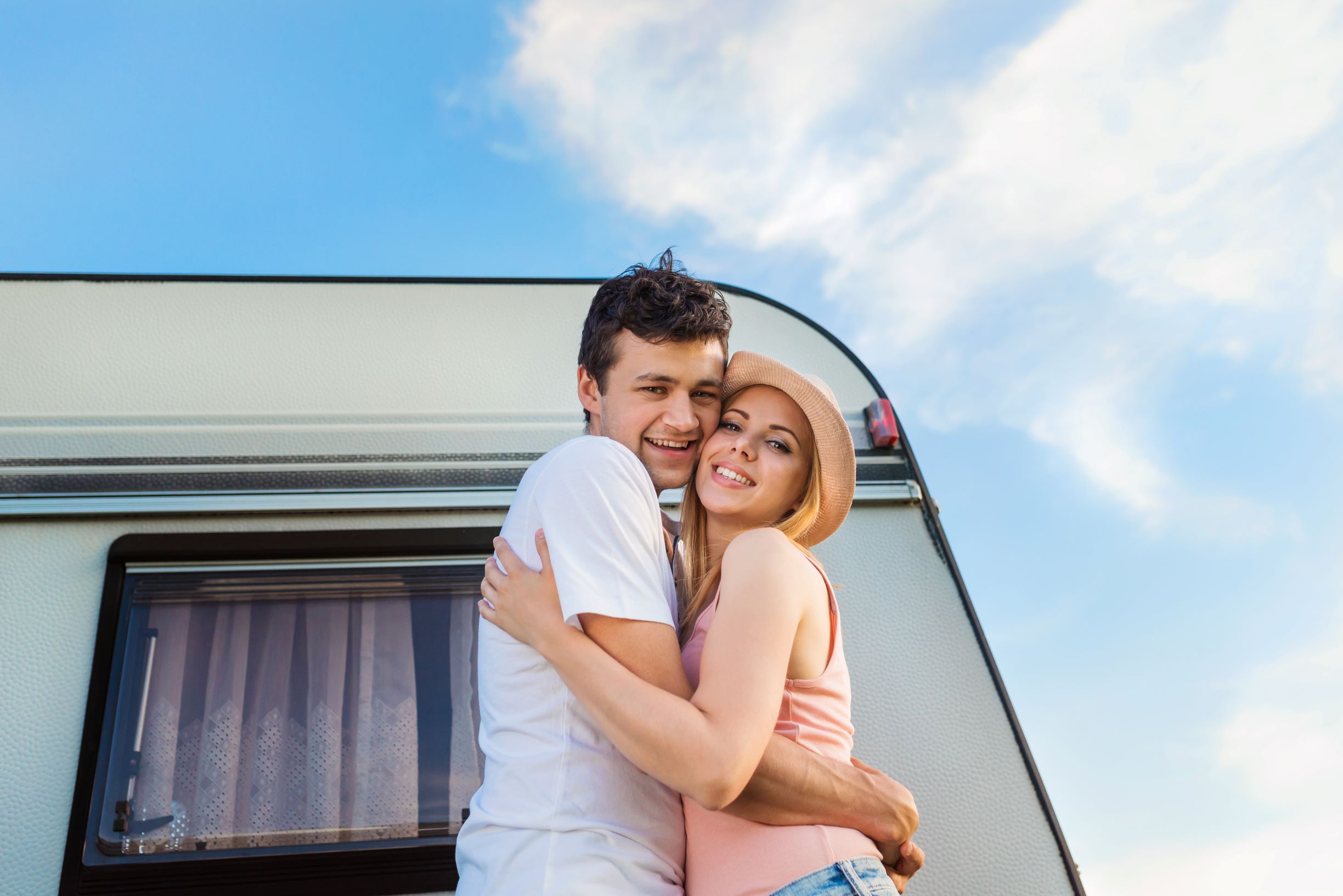
Important tips for purchasing a used caravan
It’s hardly a profound statement: Caravans can be expensive to buy.
But it does demonstrate why many people opt to purchase a used caravan instead of a brand new model.
However, it can be catastrophic if your bargain second-hand purchase turns out to be a ‘lemon’ and your savings end up in the caravan repairer’s pocket. Or worse, your new toy is unsafe.
To avoid this scenario, it’s important to know what to look for when buying a second-hand caravan. And this handy and comprehensive checklist will help point you in the right direction.
Where do I start?
Some points to consider before buying any caravan – new or used – include:
Top tip: Hire a caravan and make a short trip to get a gauge of what might suit.
Got it. So I've found a used van for sale. Is there anything I should bring along to the viewing?
Definitely – being prepared is essential when buying a second-hand caravan. A few items to consider taking to your inspection include:
What essential information do I require?
Some of this advice is applicable to whatever pre-loved vehicle you’re looking to purchase and is akin to a mother asking her teenage daughter about her new boyfriend:
These questions might alter your decision to buy, as sometimes looks can be deceiving. Don’t be afraid to ask questions, especially if you have concerns about the caravan.
It’s also best to enquire about documentation regarding the van’s service and ownership history and whether the seller has a current weighbridge, gas, and electrical certificate.
Pre-check with relevant authorities in your state/territory as to whether any of these documents are legally required when owning a caravan.
Another major factor is your tow vehicle and the weight it can tow, so the size of the caravan is important.
What are the main things to look for on the outside of the caravan?
There are various factors to keep in mind when taking a peek at the van’s exterior. As you would with any vehicle inspection – such as when buying a used car – note the following:
On top of this there are various caravan-specific checks to consider:
What are the main things to look for inside the caravan?
There are many interior considerations when buying a second-hand caravan. The checklist includes:
As I’m purchasing a used caravan, surely everything won't be in tiptop condition? Can I compromise on anything?
Obviously, you have to expect that a used caravan will have some wear and tear, and so a few scratches, fading, or other superficial negatives are to be expected. However, any of the above that compromises your safety should be a non-negotiable.
Also, such things as dampness and rust can be expensive to fix, so think about whether the van’s asking price adequately takes this into account.
I’m satisfied with my purchase and I am now a caravan owner. Where to from here?
Congratulations! Now it’s time to hit the road. But before you do, take a peek at these handy tips for your first caravanning adventure. Happy travels.
Isn't it time you hit the road? Book your next BIG4 adventure now.